#wilde plant
Explore tagged Tumblr posts
Text








Day 26- Lanayru Mountain
Perhaps dragon song sounds familiar. No matter; it’s time to get to business.
On that note, magnesis is reacquired! Purah’s still working on the other glyphs.
(“We’ll find a cure by the end of this year, I promise.”
“I hope we do, Mimi. I really, really hope we do.”)
((This is a totk au called familiar familiar! Zelda doesn’t go back in time, history is forever changed, and link is beset by ghost memories from his magic arm as per usual.))
(Want to throw a coin to an exhausted art hermit? Check out my patreon!)
#critdraws#lonks diary#familiar familiar au#art#linktober 2025#botw#loz#zelda#link#totk#totk link#totk zelda#totk naydra#naydra#botw naydra#artists on tumblr#tears of the kingdom#the legend of zelda#rauru#mineru#totk mineru#totk rauru#breath of the wild#hesitant to have the dragon song trigger memories but my silly goose writing meant the geoglyphs dont exist#so now im making NEW memories. and mineru needs more screen time#dontchu hate it when the flesh blending plague starts infecting plants and you and ypur brother fight against the clock bioengineering a#cure that barely works? man feels bad#((for everybody who ever played hollow knight yes my malice infectionn is EXACTLY like the radiance))#((back on my combining favorite hyperfixations bs))
7K notes
·
View notes
Text

#ecology#naturecore#nature#wild fungi#fungi#fungus#plantblr#plantcore#plants#trees and forests#forestcore#forest#nature photography
2K notes
·
View notes
Text
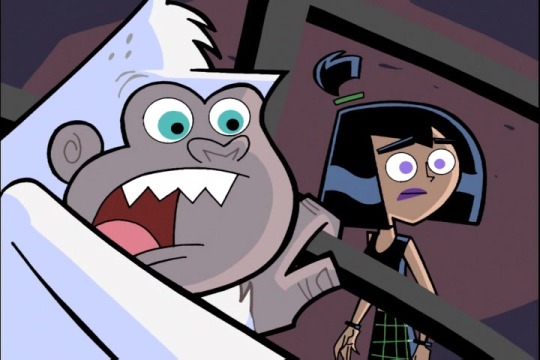
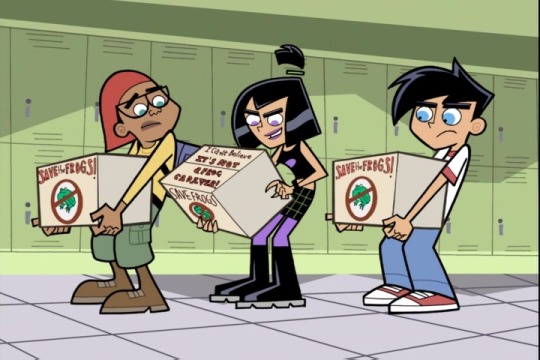




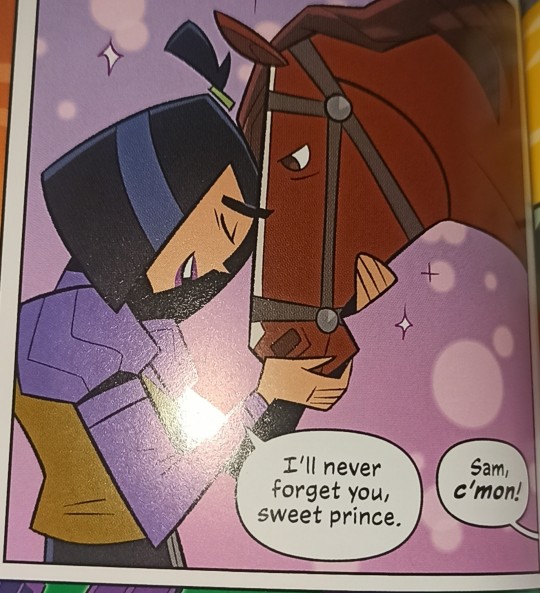

Ironically, I feel we, as a Phandom, don't talk about Sam's Friend to All Living Things status enough.
#admittedly some of the personality traits usually associated to this trope don't exactly apply to Sam#while an altruistic person with very sweet and caring moments she doesn't exatly fit the superaturally innocent or saccharine sweet aspect#but her soft spot for anything nature-related has always been apparent#the only except would be Cujo#but I think that was mostly so they could make the cat person joke#danny phantom#dp#sam manson#danny fenton#tucker foley#plant! sam#delilah#one of a kind#splitting images#urban jungle#claw of the wild#a glitch in time#agit#nickelodeon#nick#nicktoons#2000s cartoons#wulf#there's also the fact that she's both surprisingly and unsurprisingly a horse girl
2K notes
·
View notes
Text

1K notes
·
View notes
Text
In the Willamette Valley of Oregon, the long study of a butterfly once thought extinct has led to a chain reaction of conservation in a long-cultivated region.
The conservation work, along with helping other species, has been so successful that the Fender’s blue butterfly is slated to be downlisted from Endangered to Threatened on the Endangered Species List—only the second time an insect has made such a recovery.
[Note: "the second time" is as of the article publication in November 2022.]
To live out its nectar-drinking existence in the upland prairie ecosystem in northwest Oregon, Fender’s blue relies on the help of other species, including humans, but also ants, and a particular species of lupine.
After Fender’s blue was rediscovered in the 1980s, 50 years after being declared extinct, scientists realized that the net had to be cast wide to ensure its continued survival; work which is now restoring these upland ecosystems to their pre-colonial state, welcoming indigenous knowledge back onto the land, and spreading the Kincaid lupine around the Willamette Valley.
First collected in 1929 [more like "first formally documented by Western scientists"], Fender’s blue disappeared for decades. By the time it was rediscovered only 3,400 or so were estimated to exist, while much of the Willamette Valley that was its home had been turned over to farming on the lowland prairie, and grazing on the slopes and buttes.
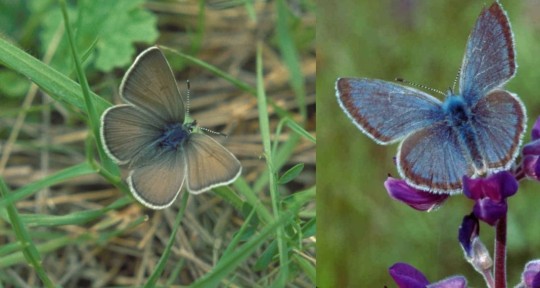
Pictured: Female and male Fender’s blue butterflies.
Now its numbers have quadrupled, largely due to a recovery plan enacted by the Fish and Wildlife Service that targeted the revival at scale of Kincaid’s lupine, a perennial flower of equal rarity. Grown en-masse by inmates of correctional facility programs that teach green-thumb skills for when they rejoin society, these finicky flowers have also exploded in numbers.
[Note: Okay, I looked it up, and this is NOT a new kind of shitty greenwashing prison labor. This is in partnership with the Sustainability in Prisons Project, which honestly sounds like pretty good/genuine organization/program to me. These programs specifically offer incarcerated people college credits and professional training/certifications, and many of the courses are written and/or taught by incarcerated individuals, in addition to the substantial mental health benefits (see x, x, x) associated with contact with nature.]
The lupines needed the kind of upland prairie that’s now hard to find in the valley where they once flourished because of the native Kalapuya people’s regular cultural burning of the meadows.
While it sounds counterintuitive to burn a meadow to increase numbers of flowers and butterflies, grasses and forbs [a.k.a. herbs] become too dense in the absence of such disturbances, while their fine soil building eventually creates ideal terrain for woody shrubs, trees, and thus the end of the grassland altogether.
Fender’s blue caterpillars produce a little bit of nectar, which nearby ants eat. This has led over evolutionary time to a co-dependent relationship, where the ants actively protect the caterpillars. High grasses and woody shrubs however prevent the ants from finding the caterpillars, who are then preyed on by other insects.
Now the Confederated Tribes of Grand Ronde are being welcomed back onto these prairie landscapes to apply their [traditional burning practices], after the FWS discovered that actively managing the grasslands by removing invasive species and keeping the grass short allowed the lupines to flourish.
By restoring the lupines with sweat and fire, the butterflies have returned. There are now more than 10,000 found on the buttes of the Willamette Valley."
-via Good News Network, November 28, 2022
#butterflies#butterfly#endangered species#conservation#ecosystem restoration#ecosystem#ecology#environment#older news but still v relevant!#fire#fire ecology#indigenous#traditional knowledge#indigenous knowledge#lupine#wild flowers#plants#botany#lepidoptera#lepidopterology#entomology#insects#good news#hope
4K notes
·
View notes
Text

Gilding the Flax
Watercolor On Black Paper
2024, 8"x 10"
Stiff Flax, Yellow Linum
Private Collection
#art#nature#flowers#painting#watercolor#artists on tumblr#floral#minimalism#yellow#yellow flax#yellow flowers#yellow floral#flax#wildflowers#artblr#creatrs#artist#women artists#gold#golden flax#linum#plants#wildflower#wild flowers#botanical#botany#artwork#traditional art#original art
1K notes
·
View notes
Text

Pembrokeshire Coast National Park
#alexmurison#sunset#pembrokeshire#coast#sea#skyscape#walking#hiking#lensblr#original photographers#original photography on tumblr#original photography blog#photographers on tumblr#original photography#landscape#landscape photography#nature photography#wilderness#explore more#adventure#walk#wander#wanderlust#explore#wild flowers#flowers#plants#wildflowers
1K notes
·
View notes
Text

Lilium auratum var. rubrovittatum
1K notes
·
View notes
Text
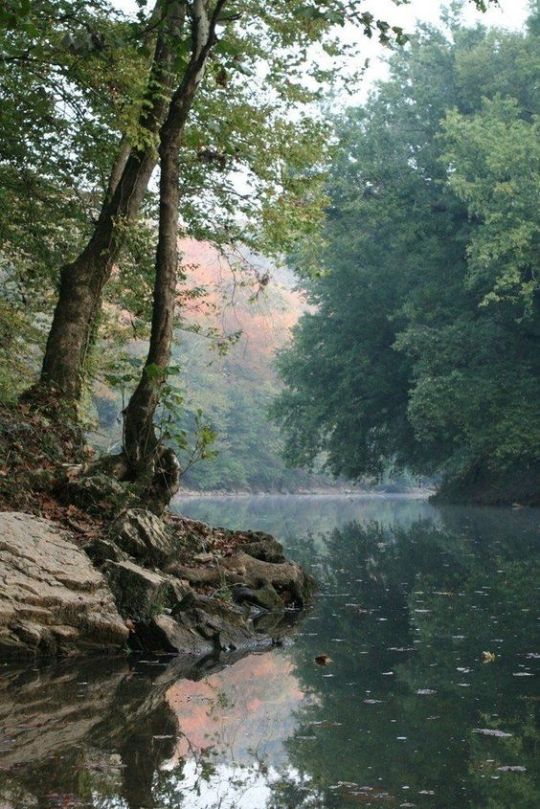
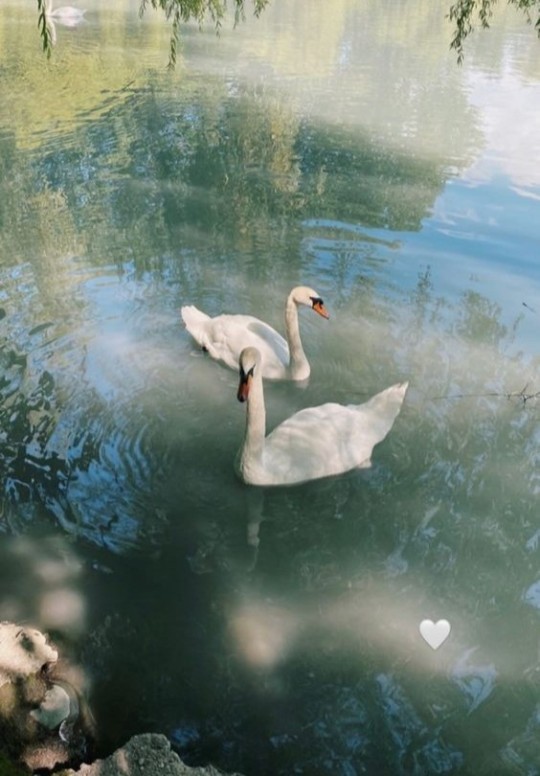
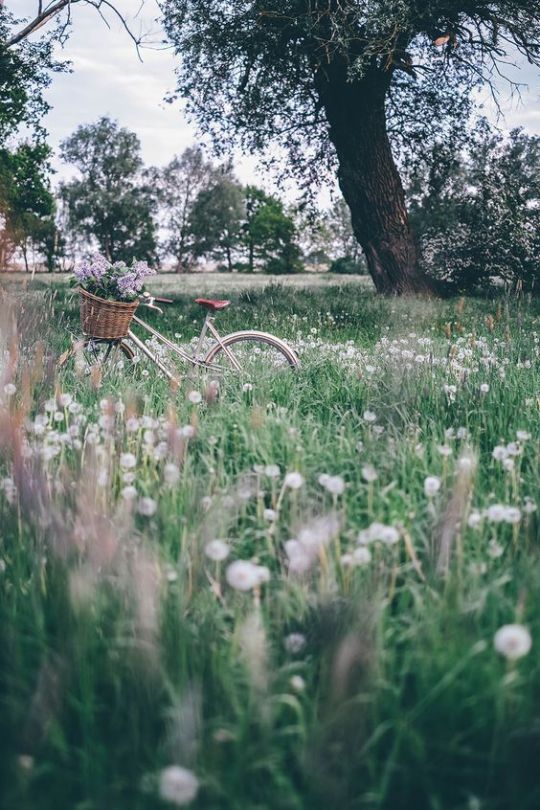
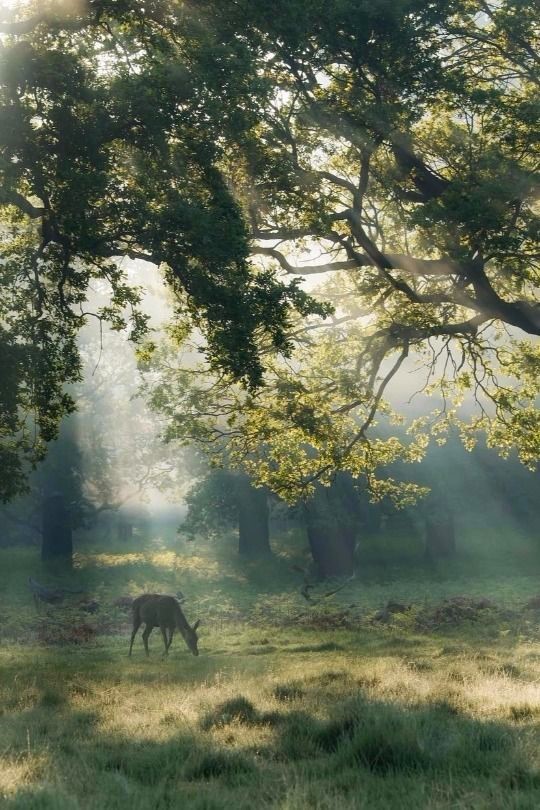
#naturecore#aesthetic#nature#scenery#plants#landscape#garden#meadow#forest vibes#field#water#wild nature#greenery#green nature#cottage garden#cottage vibes#cottage style#travel#explore#adventure#flowers#flowercore#nature aesthetic#nature and plants#nature vibes
2K notes
·
View notes
Text
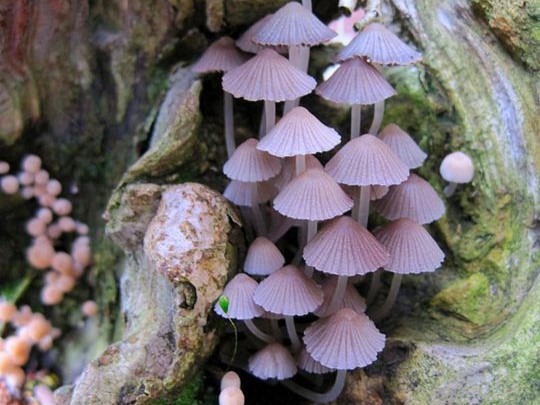
#mushrooms#fungus#fungi#wild fungi#pink mushrooms#forest#trees#landscape#mushroomcore#nature#naturecore#nature aesthetic#landscapes#plants#botany#gardens#gardencore#fairy#fairycore#fairy aesthetic#fairies#faecore#cottage#cottagecore#cottage aesthetic#fairy cottage#cozy cottage#forestcore
4K notes
·
View notes
Text





DAY 28- SOUTH LANAYRU SKY ARCHIPELAGO
Link think’s Zelda’s fear of heights is understandable, but his life would be a lot easier if she just let herself get shot out of the skyview towers to go exploring with him. Oh well. Look at all the hearty radishes and weird flowers he’s found! (With no future sight to warn the people of the past, stories left behind are unfinished, unfettered, and incredibly biased.)
(This is a totk-botw au called Familiar Familiar, and it all devolved when Zelda didn’t go back in time. History’s written by the victors…)
((Check out my patreon! Full of zelda sketches and crimes))
#critdraws#lonks diary#familiar familiar au#art#botw#zelda#totk#link#linktober 2025#totk link#totk zelda#tears of the kingdom#breath of the wild#lanayru sky archipelago#archipelago#sky islands#floating island#environment art#artists on tumblr#botw zelda#botw link#hearty radish#sparkle fruit#zelda is actually a groundhog#she’s very happy with two feet firmly planted on the ground#which is extra unfortunate when the entire questline involves going skyward#history is written by the victors#and mineru is a very bitter victor#no surprise the murals she left behind only reveal a monster who broke her family#anyways cool wall can i interest you instead with HEARTY RADISHES
3K notes
·
View notes
Text
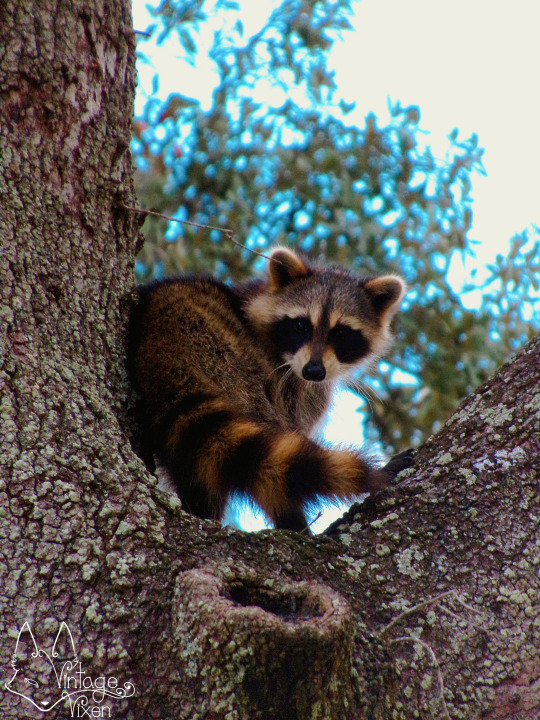
"Your time on earth is limited. Don't try to age with grace. Age with mischief, audacity, and a good story to tell." Friend in the Trees III, 2024 Taken by myself in New Port Richie, FL using a Kodak Pixpro
#photography#original photographers#nature#nature photography#nature beauty#photographers on tumblr#photographer#plants#tree#naturecore#animals#animals of tumblr#cute animals#wild animals#wildlife#gods creatures#beautiful animals#animal photography#wildlife photography#wildlife photographer#photooftheday#lensblr#quoteoftheday#life quote#beautiful quote#raccoon
459 notes
·
View notes
Text

#ecology#naturecore#nature#moss#lichen#wild fungi#fungi#fungus#nature photography#trees and forests#trees#plantblr#plantcore#plants
714 notes
·
View notes
Text
dichotomous plants are so weird man. like they’re not even weird it’s the becoming the dichotomous that’s weird. i went to a talk once about a population of strawberries that were accidentally slowly becoming dichotomous and they didn’t even have sex chromosomes, like they had like a bunch of genes across a bunch of chromosomes that did a little bit of sex but not a lot and it added up to one whole sex kind of but not enough that they had all collectively decided to be one sex or the other, so there was still like, a sizable chunk of the population that was producing flowers of both sexes. like they were microdosing it. taking the sex genes for a spin in the strawberry patch
#the conclusion of the talk was like#what if plants are slowly become more dichotomous over time because it’s more advantageous?#and I was like. that would be interesting but I feel like they would have done it already if it was that good#sex genes are really only as good as the creature or life form you are I think#making the sex genes work for YOU#and for those wild strawberries in the American west. they were just being silly about it you know#and my assumption that having dedicated sex chromosomes that hold the majority but not all sex-related info. turns out that’s kinda weird
1K notes
·
View notes
Text

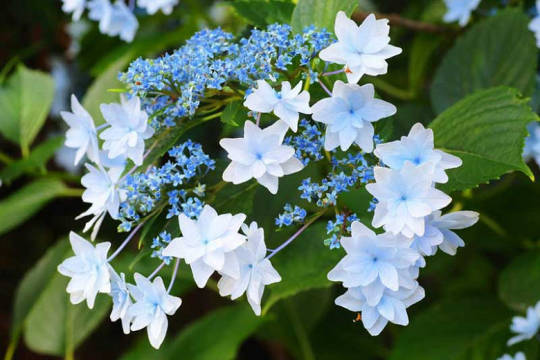
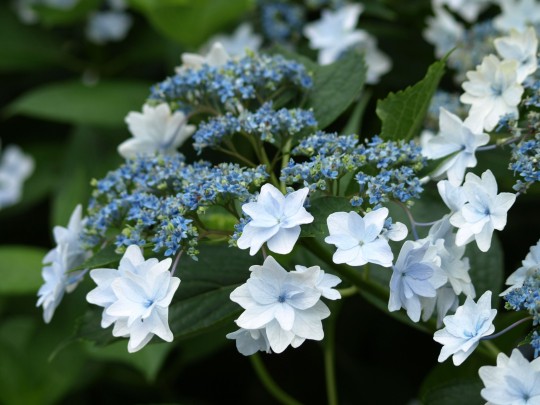
Shooting Star Hydrangea
#hydrangea#hydrangeas#shrubs#deciduous#plants#nature#photography#beautiful#flowers#flora#floral#fleur#flors#gardens#gardening#garden#earth#wild#scenery
2K notes
·
View notes
Text







Previous chapter - Next chapter
FINALLY!!! CHAPTER 2!!! I WAS SO EXCITED TO POST IT!!!!!
This one is kinda different¿ cause, there's no cool challenge like the first round, but there're always shenanigans hehe. AND A LOT OF FARM CHORES, A L O T. Time and Malon love to exploit the boys ^^.
Wind misses more than ever his grandma's coconut milkshakes, and Hyrule must be protected at all costs, he's the best guy ever 😭💖.
It was so exciting seeing all the comments and the poll growing on the last post so I'm really happy y'all liked it AAA!!! Hope you like this one as much and have fun voting and speculating about next chapter!!!!
Next round hint :·3: cucco coop
#Time is a jerk and I love him augh#this took too much time AAAUUUUGGGHHH but it was fun to plot and make hehehe#not the cow- I suffered with the cow XDKLJASDL#and drawing Sky laying down was a struggle too XDKJASDHDK#RIP the plants Wind was watering...they probably have drowned XDDD#linkeduniverse#linked universe#lu fanart#lu comic#lu wind#linked universe wind#lu sky#linked universe sky#lu hyrule#linked universe hyrule#lu twilight#linked universe twilight#lu warriors#linked universe warriors#lu legend#linked universe legend#lu wild#linked universe wild#lu four#linked universe four#lu time#linked universe time#lu milk league#my art#now I'm noticing all the proportions are weird... sorry about that💀😭
374 notes
·
View notes